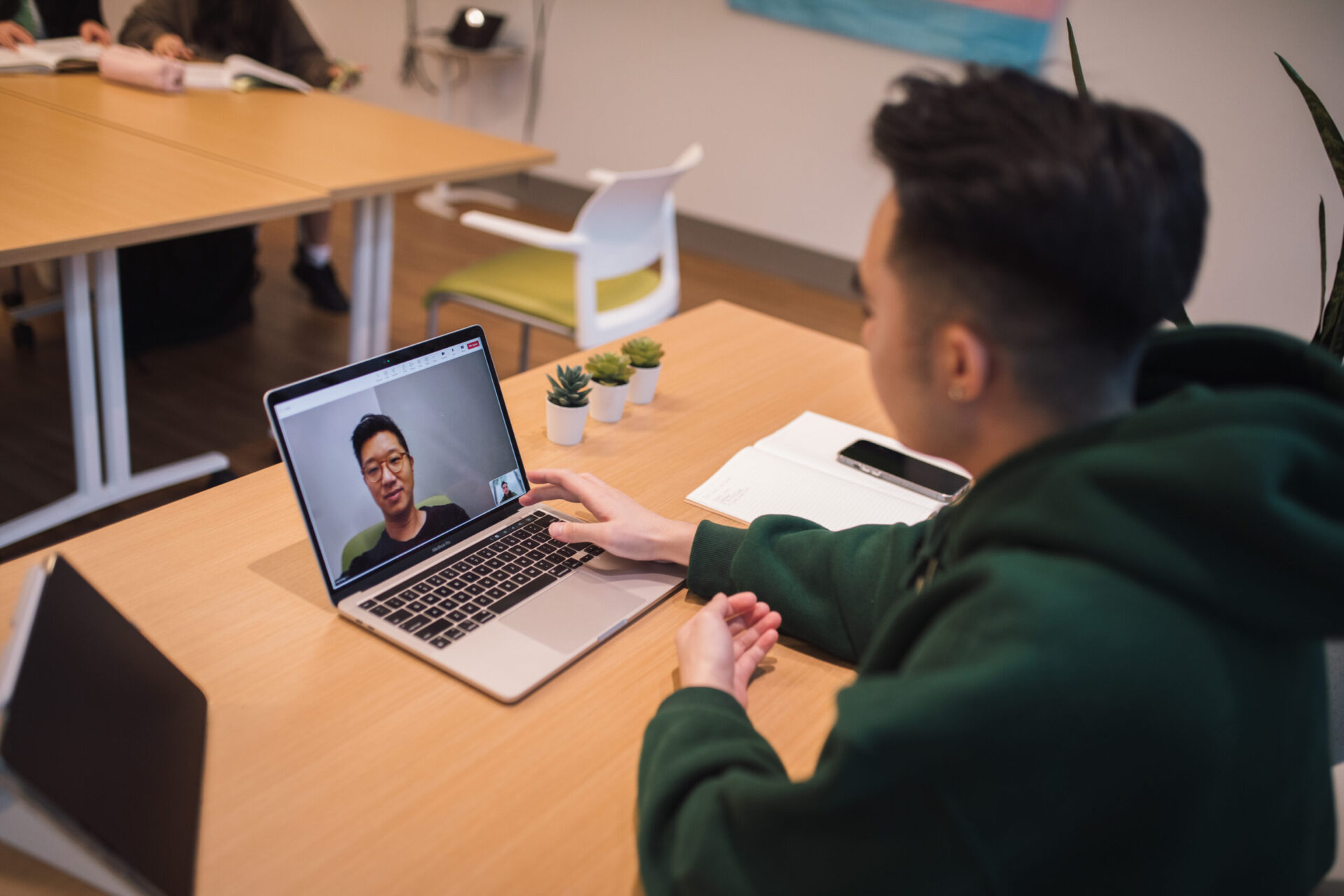Q&A with a Dietitian
Understanding what your nutritional needs are while growing up can be confusing, especially when you hear mixed messages. We’ve talked to BC dietitians to clear up some of the questions you may have.

We hope that this has answered some of your questions and cleared up some common myths. One big take away is that nutrition, and health in general, is not a one-size-fits all. It is also important to remember that weight does not equal health. Health can mean different things to each unique person (for example: mental, physical, emotional, spiritual), and is a result of many factors that influence each other, such as our genetics, behaviour and environment.
When making goals related to food, nutrition, and health, try to focus on behaviour changes (for example: eating more fibre, taking the stairs once per day, having an afternoon nap, journaling more), not weight.
Weight change is not a behaviour, but a result that may happen when behaviours change. From our perspective, it is all about small changes you can maintain and have you feeling better each day so you can live a good life, whatever that means to you.
